Tales we tell
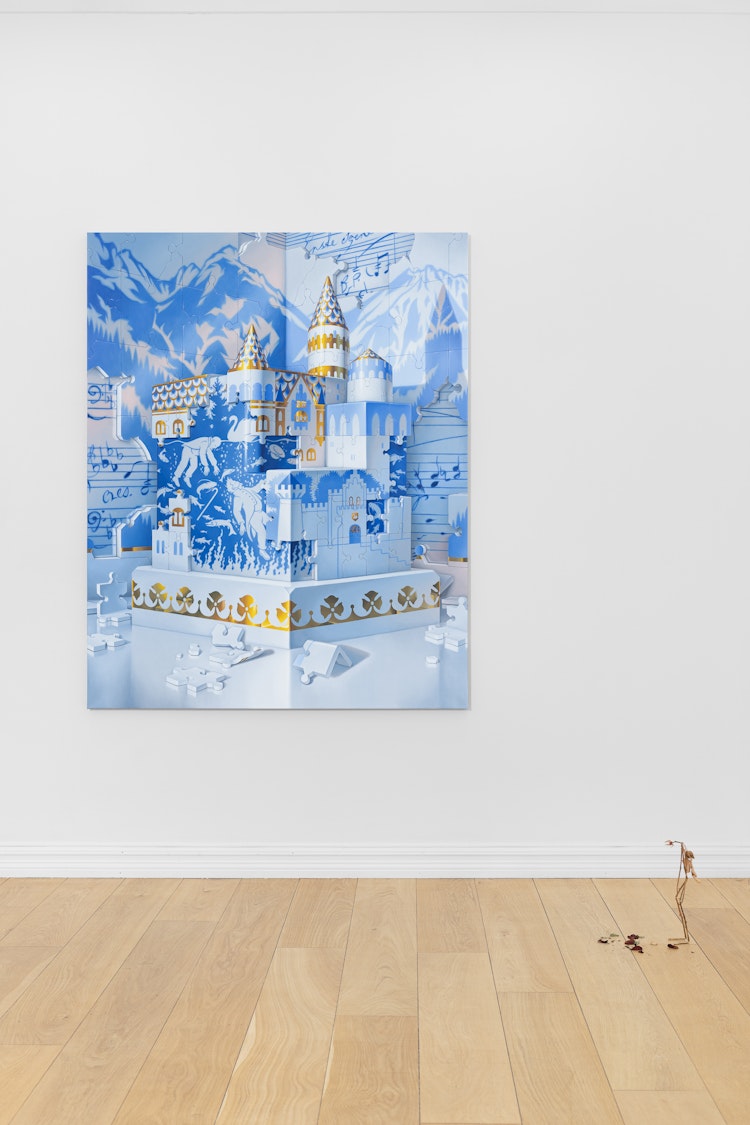

A written story usually has a beginning and an end.
But what about the tales we tell?
Tales can be twisted and turned like a washcloth. They can turn upside down, take alternative routes and change shape. Some tales that initially didn’t have a receiver, reach us by chance. They were meant for neither you nor me, but somehow, someway, they find their way through the layers. Layers of what? Of gestures, possibilities, distractions, alterations and so on.
Maybe the same can be said about works of art.
What happens when an artist’s thought, idea or vision materialize?
Art created by someone, but not necessarily for anyone. Or art created for someone, with a desire to tell something. Or absolutely nothing. Artworks become their own beings and live on outside of the artists oeuvre. The tales we read into them, can be just as much constructed from our own thoughts as from the artists’ mind. The question then becomes: Is the original tale reserved for the artist?
Which tales reach us through the material, and which do not?
Can the artwork itself shape, change or alter the tale?
Plato was concerned with the importance of storytelling because he understood the power of a story and the part it plays in culture, character, behavior – and in art. The more compelling the story, the more powerful effect.
The exhibited artworks by Båsen, Jiménez Ojeda, Ruud and Stöckel are in this exhibition sharing space with three ceramic objects that have gone from hand to hand through history, loosing and gaining stories on their way. They relate to one another through the shared context of an exhibition, displaying its own story manipulated by the curators. The visitors seeing the show will think, reflect, and perhaps tell a whole other story relating to their own experiences that day, week or year.
Which tales, if any, will reach a person 100 years from now?
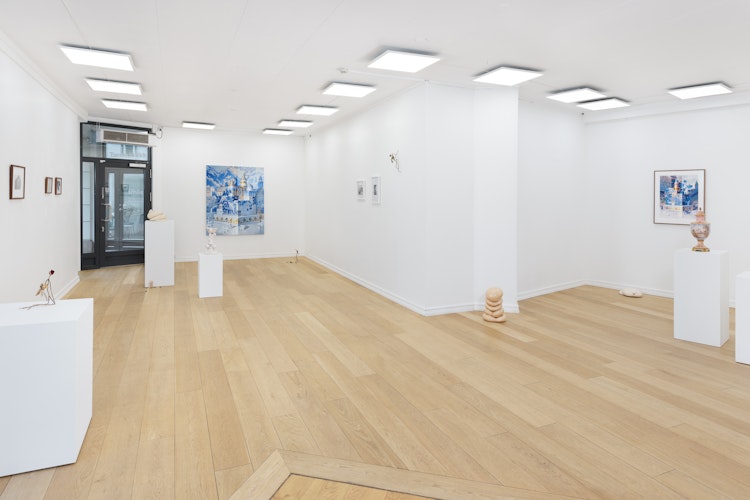
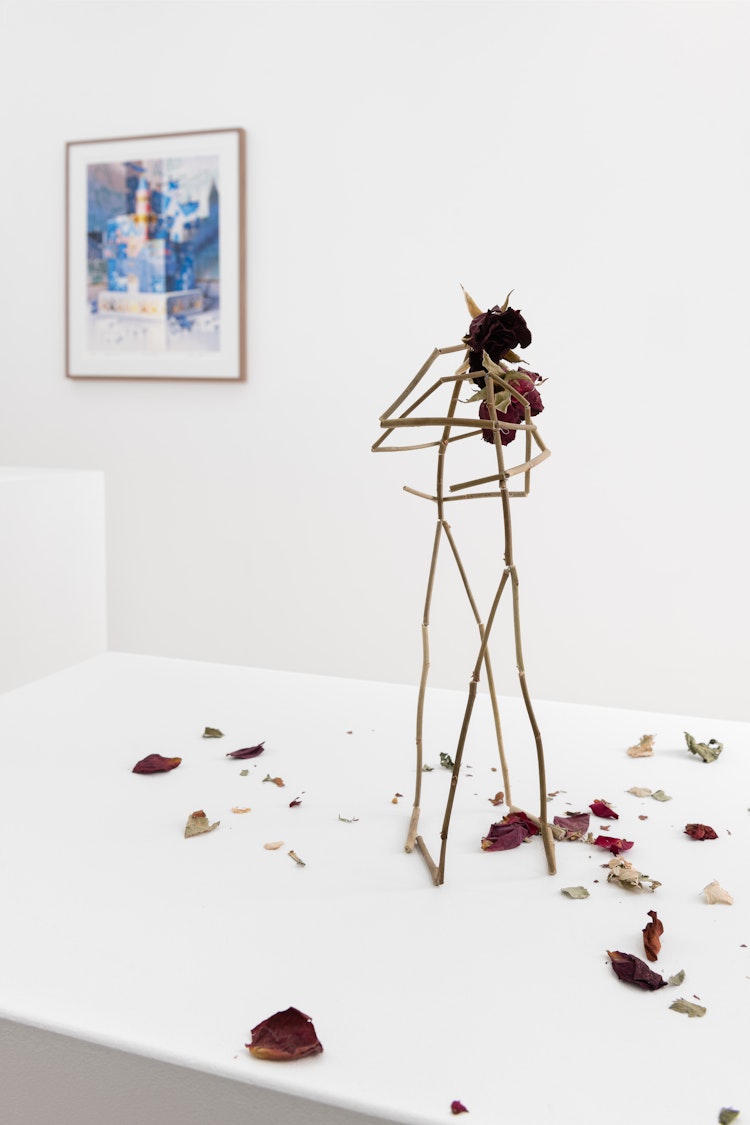
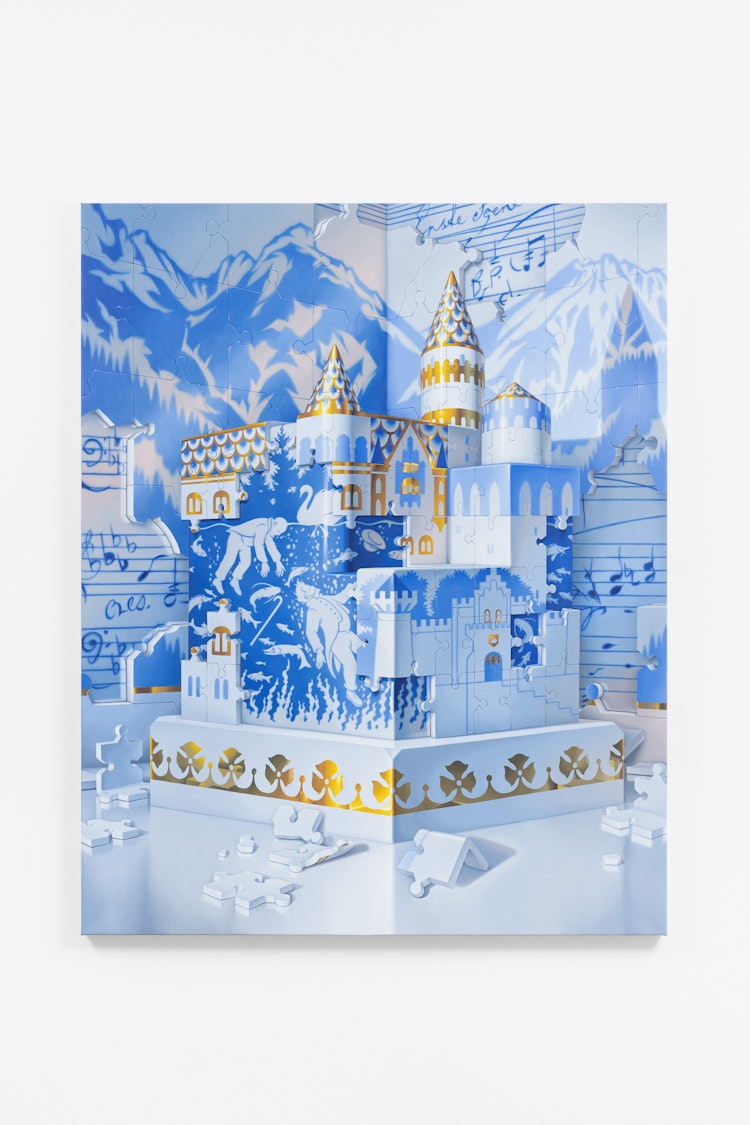


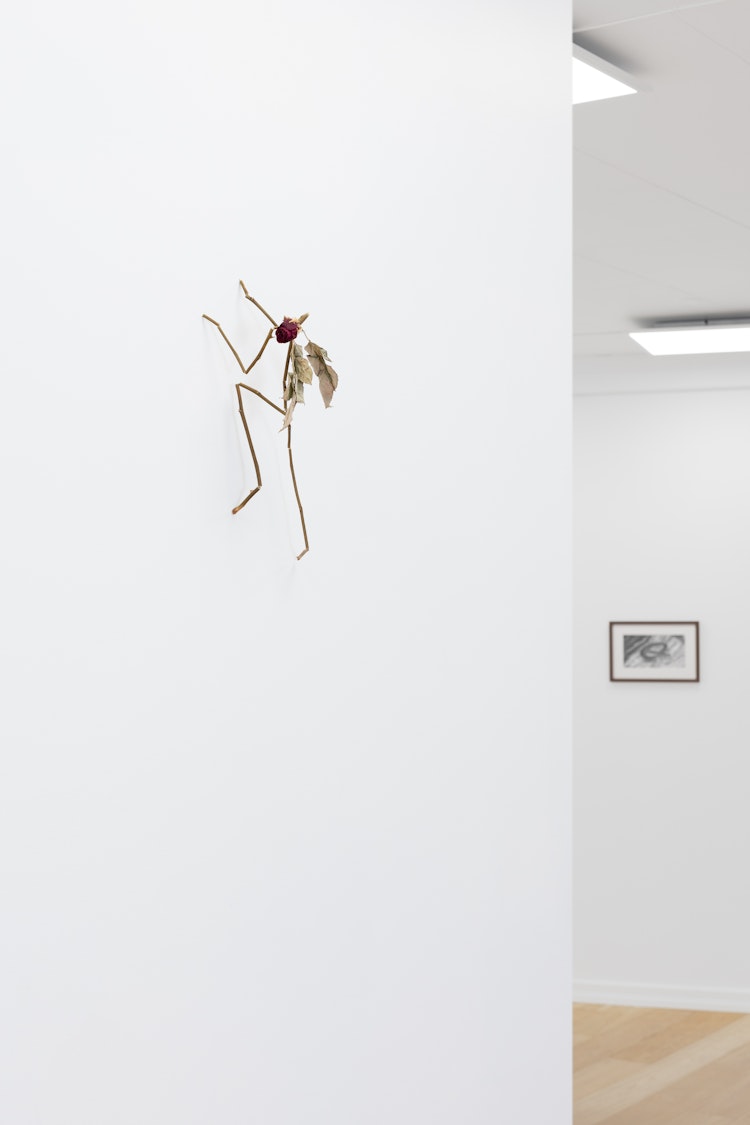
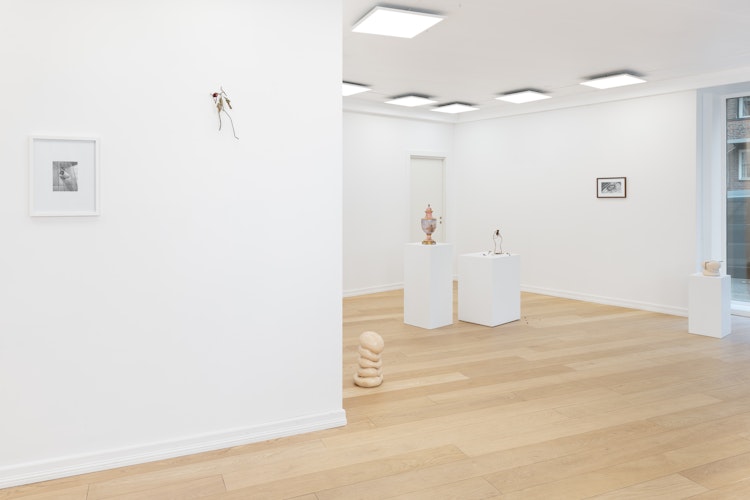
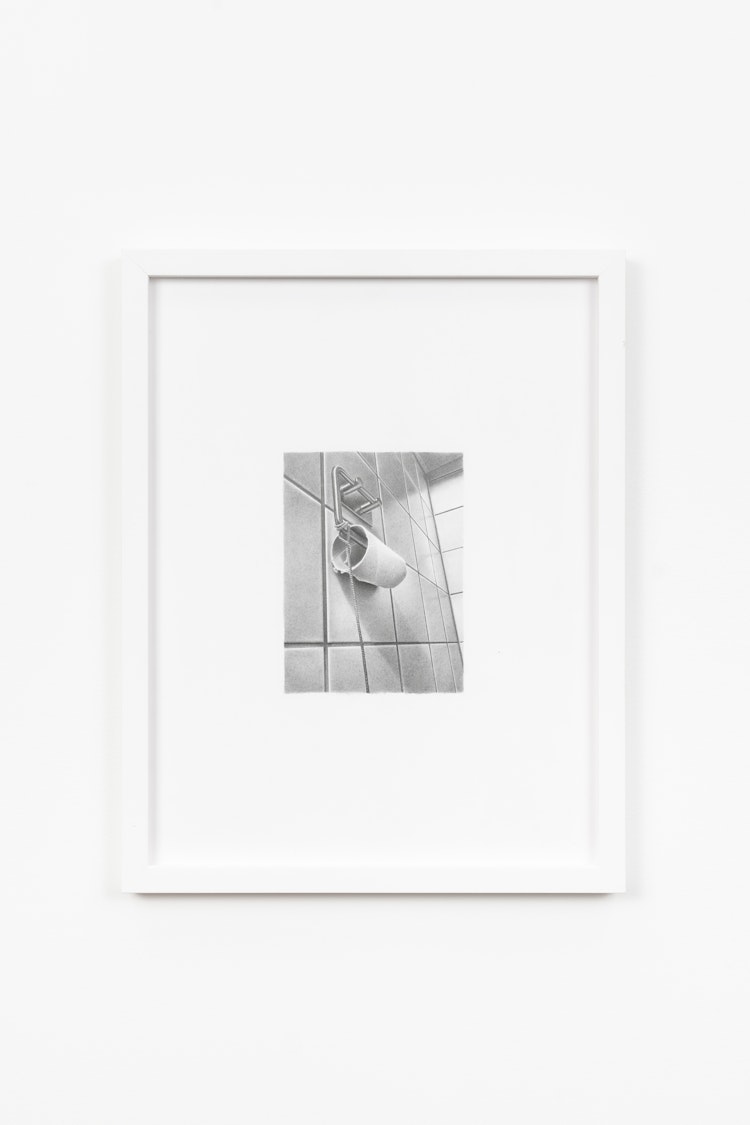
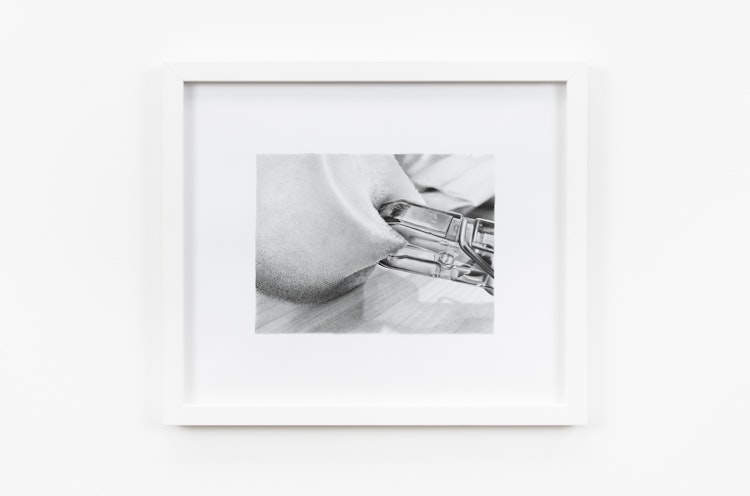



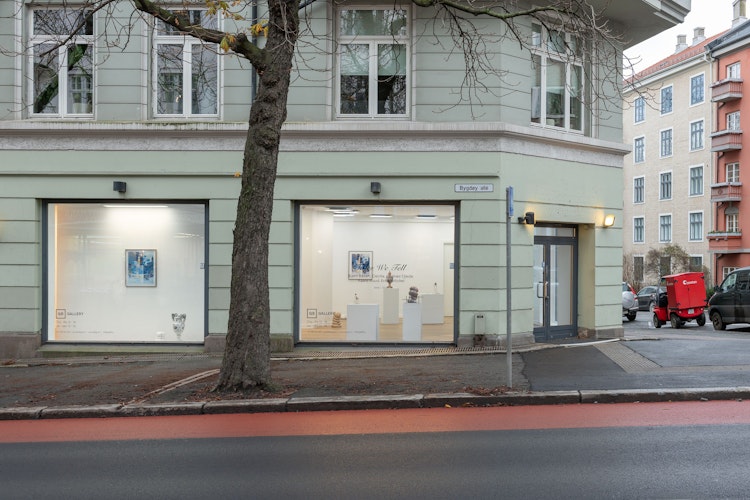
Hva leter du etter?